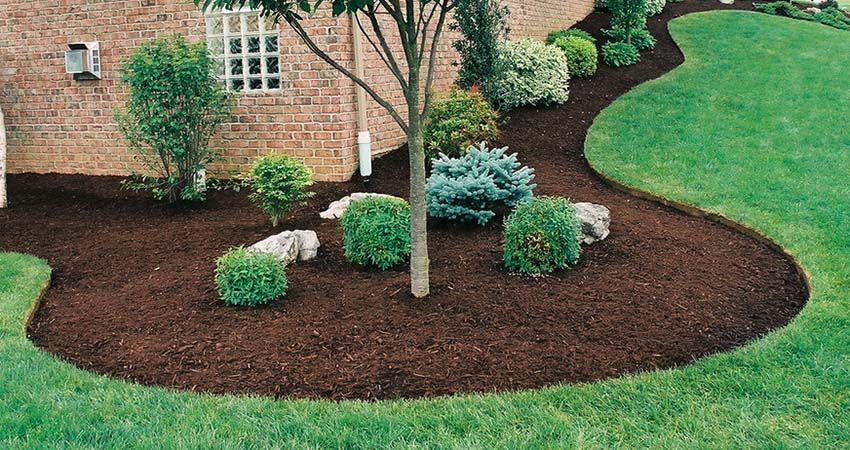Phone
(773) 257-3147


Winter clean-up has always been a favorite seasonal ritual of mine. There's something deeply satisfying about tidying up the yard, knowing it will help everything come back stronger in the spring. Here’s what I do every year to get my outdoor space winter-ready:
📍 Serving: Chicago & surrounding suburbs • 📞 (773) 257-3147 • 🌐 606landsnow.com
Imagine a perfectly manicured lawn without the hassle of pushing a heavy mower under the hot sun. Robot mowers are revolutionizing lawn care, offering convenience and efficiency with just the touch of a button.
Robot Mowers are made to mulch the grass into ultra-fine clippings that don’t result in build up and the need for dethatching. That said, we are including below a break-down for mulching vs not-mulching your lawn. What’s the best approach? Let’s explore the pros and cons of mulching vs. bagging when using robot mowers.

Mulching: The Natural Fertilizer
1. Eco-Friendly: Mulching returns nutrients to your lawn, promoting healthier, greener grass without the need for chemical fertilizers.
2. Time-Saving: No need to empty grass bags—your robot mower continuously mulches as it works.
3. Moisture Retention: Mulched grass helps retain soil moisture, reducing the need for frequent watering.
1. Thatch Buildup: Over-mulching can lead to thatch buildup, which may require periodic dethatching.
2. Uneven Spread: If not done correctly, mulching can leave clumps of grass, affecting the lawn’s appearance.
1. Neat Appearance: Bagging leaves your lawn looking pristine with no leftover clippings.
2. Weed Control: Removing clippings can help reduce the spread of weeds and diseases.
3. Ideal for Allergies: Bagging can minimize exposure to grass pollen and allergens.
1. More Work: You’ll need to empty the grass bag frequently, adding to your workload.
2. Nutrient Loss: Bagging removes potential natural fertilizers, necessitating additional lawn treatments.
Conclusion
Choosing between mulching and bagging depends on your lawn care priorities. If you prefer a low-maintenance, eco-friendly approach, mulching is your best bet. For a clean, meticulous look, bagging might be the way to go. Either way, robot mowers make the process easier and more efficient, giving you more time to enjoy your beautiful lawn.
Ready to upgrade your lawn care routine? Discover the latest in robot mowers today!
I used to think fallen leaves were pretty, but after seeing how they can suffocate the grass, I now make it a habit to rake them up regularly. Plus, there's nothing like the crunch underfoot as you work your way across the lawn!
I learned the hard way that overgrown branches can cause trouble in the winter. So, I always trim back shrubs and perennials, careful not to overdo it, to keep everything healthy and ready for the cold.
Clearing out the old plants and weeds from my garden beds feels like tucking them in for a long nap. A fresh layer of mulch adds a cozy blanket that keeps the soil and roots protected.
Provide us with the images of the site so we can assess the scope of work and provide an accurate estimate for removal and restoration services.
After years of neglecting my tools and dealing with rusted blades, I’ve finally learned to clean and store them properly. It’s a small step that makes a big difference when spring rolls around.
There’s a certain peace that comes with a well-prepped yard through winter. It’s like wrapping up the season with a bow, knowing your hard work now will lead to a beautiful spring revival.